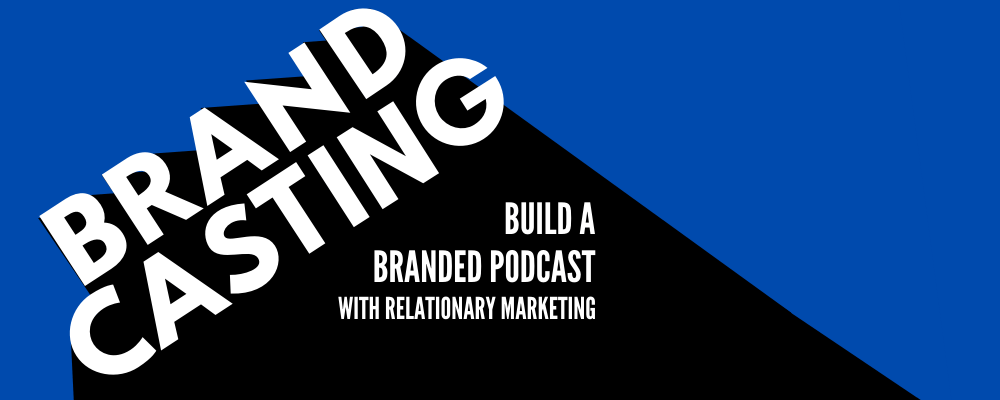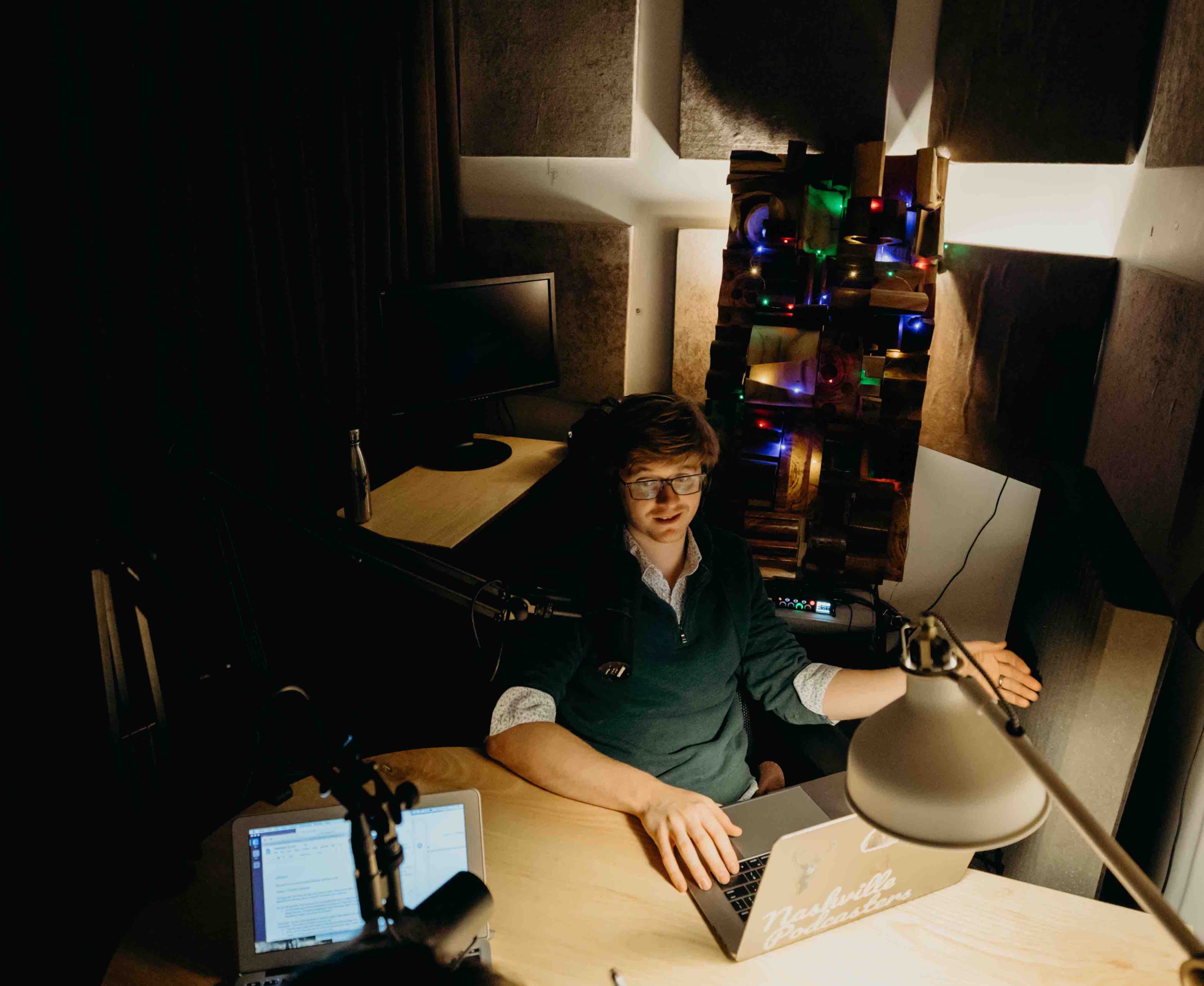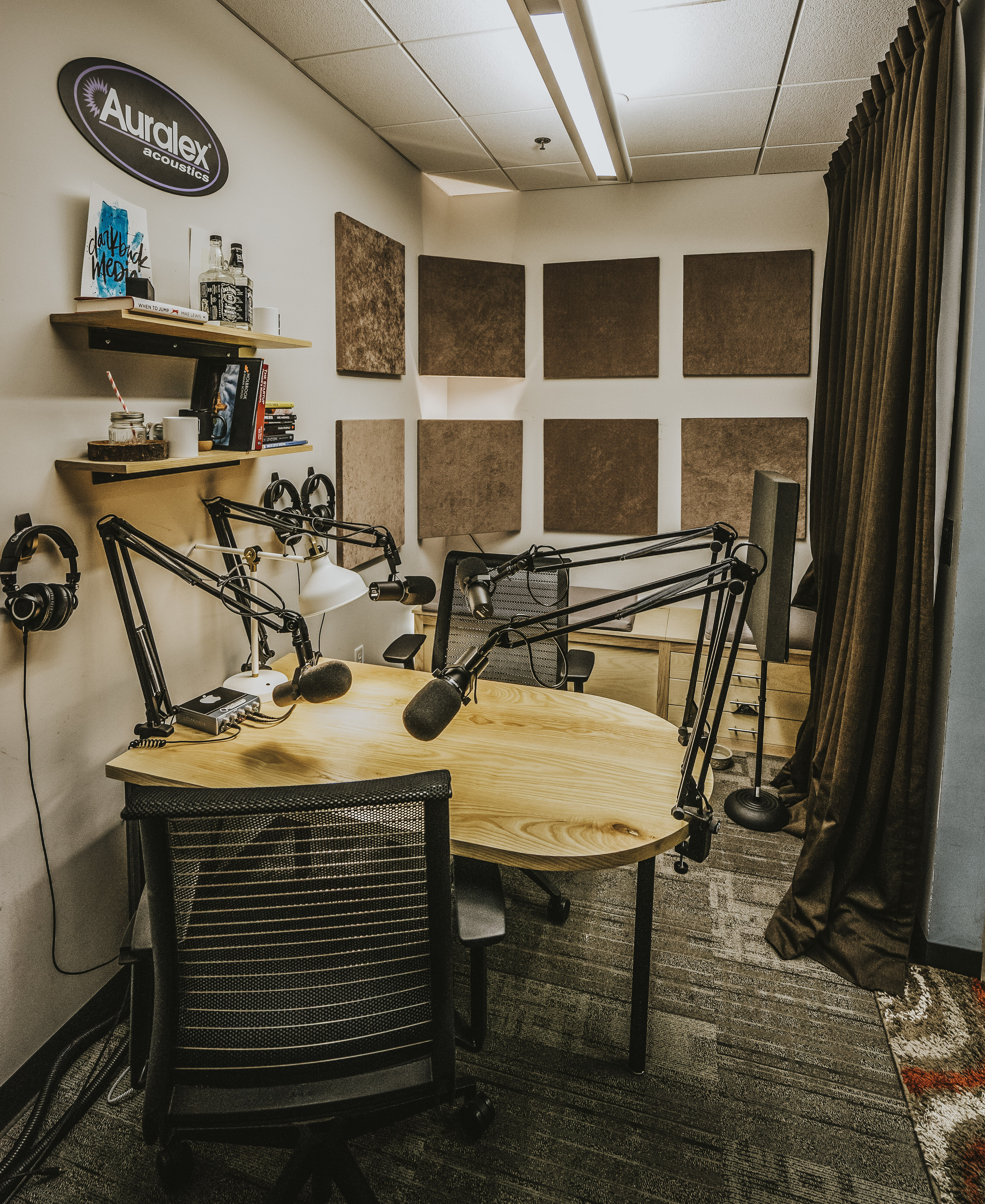Clark Buckner: Building Relations with Podcasts with some help from Jack Daniels, a Great Sounding Room, and a Special Invitation to Disney World
Posted by Auralex on 11th Feb 2021
Note: Following are excerpts from the full interview. The interview was conducted by Kevin Booth, Auralex director of sales and marketing. Robb Wenner, Auralex director of artist relations, produces the podcast and jumps in with questions. To hear the full interview, subscribe to Auralex Creative Spaces on your podcast platform of choice.
Interview Transcript:
Kevin Booth: At what point were you aware that podcasting was a potential career path, and how did you make that happen?
Clark Buckner: During my senior year at Belmont University, I started looking for podcasts about entrepreneurship, and through that process, I got connected to some podcasters I was listening to at that time. I felt a connection that I wasn'tcouldn't find from just reading a blog post or just watching a video. I connected to some of these hosts and decided I wanted to try to host my own little podcast. Belmont has several recording studios, and we would have people coming to speak at campus. Afterward, we would go and do a podcast interview about what the guests had discussed. I learned that this is a great way to create relationship nurturing activities, and through that, I got hired on at a couple of places to start helping them with podcasting. They were like, "Hey, we're a business, we want our own podcast." I proved this model of using podcasting for your content marketing and using it for valuable relationship nurturing. That's why we ended up calling our company Relationary Marketing.

KB: What kind of advice do you have for starting a new podcast?
CB: We have developed a five-step process we always use for new clients, especially folks doing a podcast for the first time. This process has also helped us attract some larger brands because we can just show you how to do it and help you.
The first step is what I call the content design step, and basically, you understand what format you want to follow. If it's going to be an interview-based show, what is the intended audience? Content design answers things like who's your audience and the biggest question that needs to be answered: what is your goal, or maybe what are your one or two goals? You need to be specific here as success looks very different across the board. The show success metrics for Jack Daniels are very different from Vanderbilt Health. It's essential to define who your audience will be and develop content for that audience. Step one is the most important because once you know your goals and why you are doing this, it helps so much and not because it's just the cool thing to do right now!
Step two is your prep or invite of guests. In this step, you make your invites, and who you're asking matters as it relates to your content design. Telling your guest's story helps tell your story. I'm a big fan of Auralex, and I'm always talking about your products. By coming on your podcast means I'm going to share this with my friends and my network, which is why the prep and invite matters.
Step three is the actual recording; that's what we're doing right now, You guys always say it's not your gear, it's your room, and I often tell people that your recording environment matters. Of course, the equipment you use is essential, and understanding your workflow is important before you hit record. Please note that I did not begin this by talking about gear or equipment because podcasting is about goals and doing this with a defined purpose.

Step four is post-production, which is the editing of your recordings. I am big on preserving the ums and ahs, and natural breathes and pauses because that's how we talk. I spend time editing things that clearly need to be edited out, usually editing out mouth clicks and little things like that. Assembling your intro, outro, and music or sound design is another part of this step. While you are doing this editing, you are also doing your content editing. Sometimes you or your guest might go off track, and you might say that was a great story, but it doesn't fit with what are were trying to accomplish, and you may cut it out, and that's OK!
Step five is publishing, and that's when you're putting your podcast episode into your content marketing channel. You may have a blog with podcast interviews, and you have other content in the mix because podcasting is just one vehicle of many to use, and I will often tell people when they ask about podcasting, I'll say podcasting doesn't make money, but content marketing makes money. Podcasting can make for excellent content marketing, and the publishing is just following the plan that you set up in the beginning about your goals and why you are trying to do this, and how you're deploying it.

KB:What have you done in your space to solve some acoustical problems?
CB: This building is a historic trolley barn where they used to repair all of the old Nashville trolley cars, and it was converted about eight years ago. It has an open office vibe, which is cool, but that can be challenging to get rid of sound pollution. Auralex helped me figure out the right acoustical treatment to install, treat sound from the outside, and treat the sound on the inside. There are four walls, and one wall has a sliding glass door. There's a cool small business in town that creates custom curtains and drapes, and I did have that glass door wall treated with curtains because I couldn't get a soundproof door. Everything else in here is Auralex. So what I have along my walls are Sonolite panels to help with the interior, and I have SonoLite Bass Traps in the corners. I bought Mineral Fiber, and I know you might use that for new construction or in the walls, but I got some of those and placed those on top of my small drop ceiling, which helps keep those loud sounds from polluting into my room. I've got ProMAX panels as well, and I like those because when I bring guests into the room, I'll get them seated, give them some water and get them comfortable. Then I'll adjust the microphone, and I'll usually position the ProMAX panels around them. I've also found that putting those around people when doing podcast interviews; it really helps them focus more. I don't know what it is, but that has been a strategy I've used. One of our clients is Jack Daniels Tennessee Whiskey. There are a lot of cool stories about their barrels and how they make them, so we bought a couple of barrels and de-constructed them and made a barrel stave wall, and behind that, we have the Mineral Fiber, so it not only works as a sound diffuser but it all also helps absorb the sound that might go through.
For more info about Clark, go to:
https://clarkbuck.com/team/clark-buckner/
https://relationarymarketing.com
Click the player below to listen anywhere you listen to podcasts!


